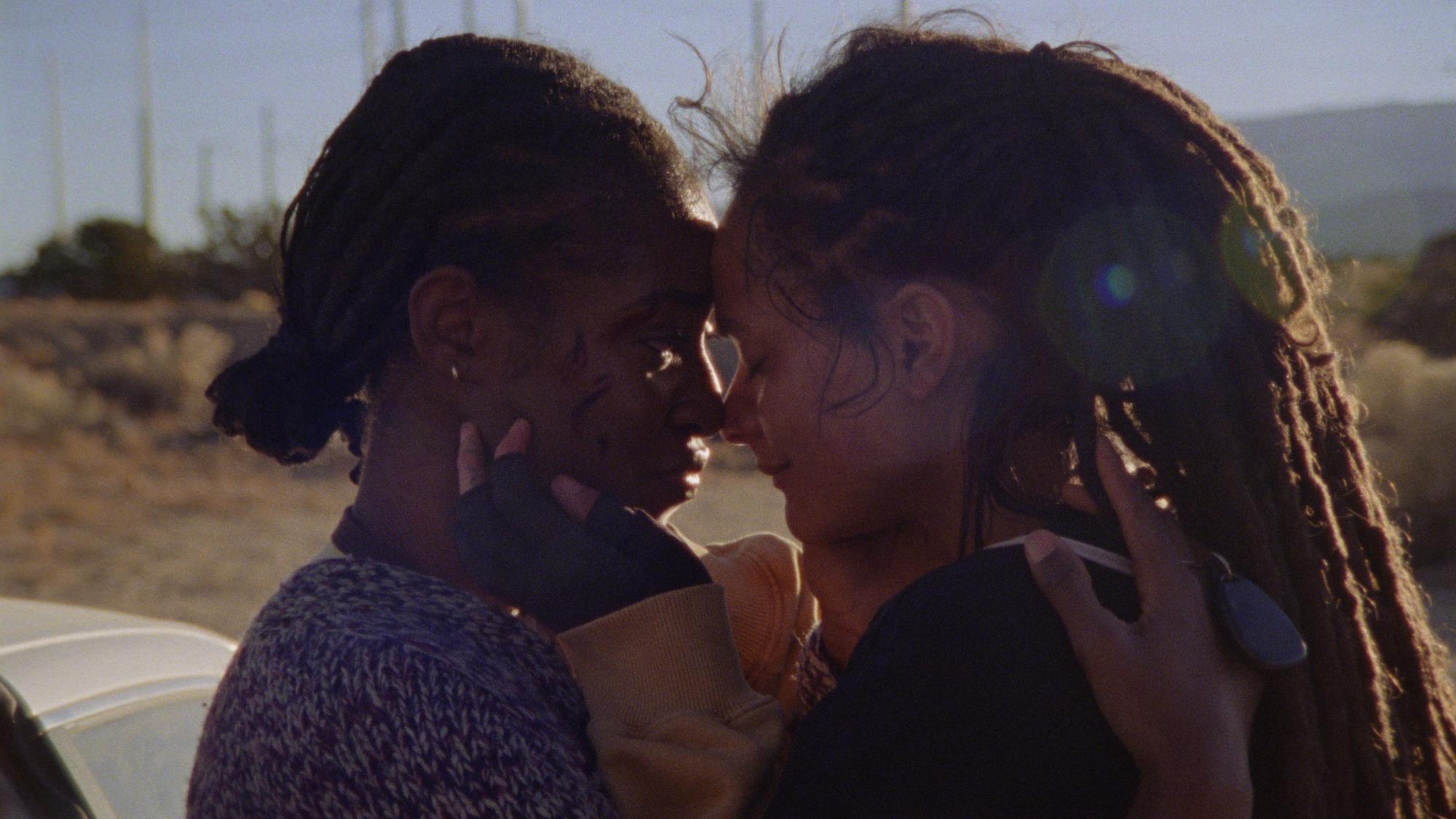
‘How to Blow Up a Pipeline’ Movie Review: A Tightly-Wound Eco-Thriller
Daniel Goldhaber’s How to Blow Up a Pipeline sends the message that enough is enough in a taut thriller that connects personal struggle with climate change. The storytelling is straightforward and simple, yet effective in delivering its appropriately-placed anger and moments of nail-biting suspense within the framework of a heist flick. How to Blow Up a Pipeline delivers on its promises.

‘How to Blow Up a Pipeline’ bands environment activists together

Climate change drastically affects the lives of every person around the globe. However, it touches some folks a little differently, pushing them to do something about it. A crew of unlikely environmental activists connects to pull off a heist to shake up the conversation and move the needle through measures with potentially life-destroying effects.
Xochitl (Ariela Barer) and the group of recruited group of activists are in it for their own reasons, but they decide to plot a dangerous plan to do real damage to the oil industry by blowing up a vital pipeline. However, the further that they get into their heist, the more uncertain it is that they’ll come out on the other end unscathed.
Destruction in the name of heroism
How to Blow Up a Pipeline picks up each of its protagonists from different regions of the United States with varying political messaging. Xochitl is already an activist, while libertarian-leaning Dawyne (Jake Weary) simply wants to live his life with his wife. Some members of the group don’t shy away from destroying property, as Xochitl leaves a note behind explaining how she sabotaged it for environmental reasons. Meanwhile, the oil companies draw no issue with the destruction of entire communities and their citizens in their corporate greed.
Background news reports touch on various crises, including the challenges of refugees. Each member of the group is an outsider of sorts, experiencing their own form of exclusion that alienates them. However, this shared trait allows their paths to cross, seeking control over a situation far bigger than themselves. Each member of their group has their own stakes that make them willing to go to such extremes to do everything they can do to save the world.
None of the protagonists in How to Blow Up a Pipeline are experts, forcing them to utilize amateurish skills for a very technical heist. They figure that there’s a “50/50 chance” that they’ll be blown up in the process, yet they’re still willing to take the chance. Goldhaber’s screenplay, which he co-wrote with Barer and Jordan Sjol, approaches environmental terrorism as a form of patriotism, demonstrating how diverse members of society need to come together to push actual change.
‘How to Blow Up a Pipeline’ racks up the tension

Goldhaber brings a certain indie grit to How to Blow Up a Pipeline that stays true to the film’s storytelling. Gavin Brivik’s tension-filled score impactfully elevates anxiety-ridden moments to new levels. Meanwhile, Tehillah De Castro’s cinematography makes full use of the environments, especially as the protagonists travel across the sun-drenched desert terrain.
Daniel Garber’s editing pieces together a non-linear narrative that jumps back and forth in time between the heist and the events that led each character to this moment. Each character has their own unfortunate experience with hardship, much of which tracks back to the ways in which the oil industry is destroying both the planet and all those living in the surrounding areas.
How to Blow Up a Pipeline is a white-knuckle ensemble thriller in response to corporate greed in the face of global climate change. It’s tight and punchy storytelling that explores resistance in a way that feels simultaneously personal and universal, although its conclusion wraps up too cleanly for its own good. Goldhaber touches on some of the more complex intersecting paths, although he doesn’t explore them as much as he should.
How to Blow Up a Pipeline plays in theaters starting on April 7.



